BarnBuster
Virtually Unknown Member
'tis "The Killing Season"Something must have happened today somewhere in the past to bring all the crazies out. I'm not going to speculate as to what. But it might have been . . . . .
'tis "The Killing Season"Something must have happened today somewhere in the past to bring all the crazies out. I'm not going to speculate as to what. But it might have been . . . . .
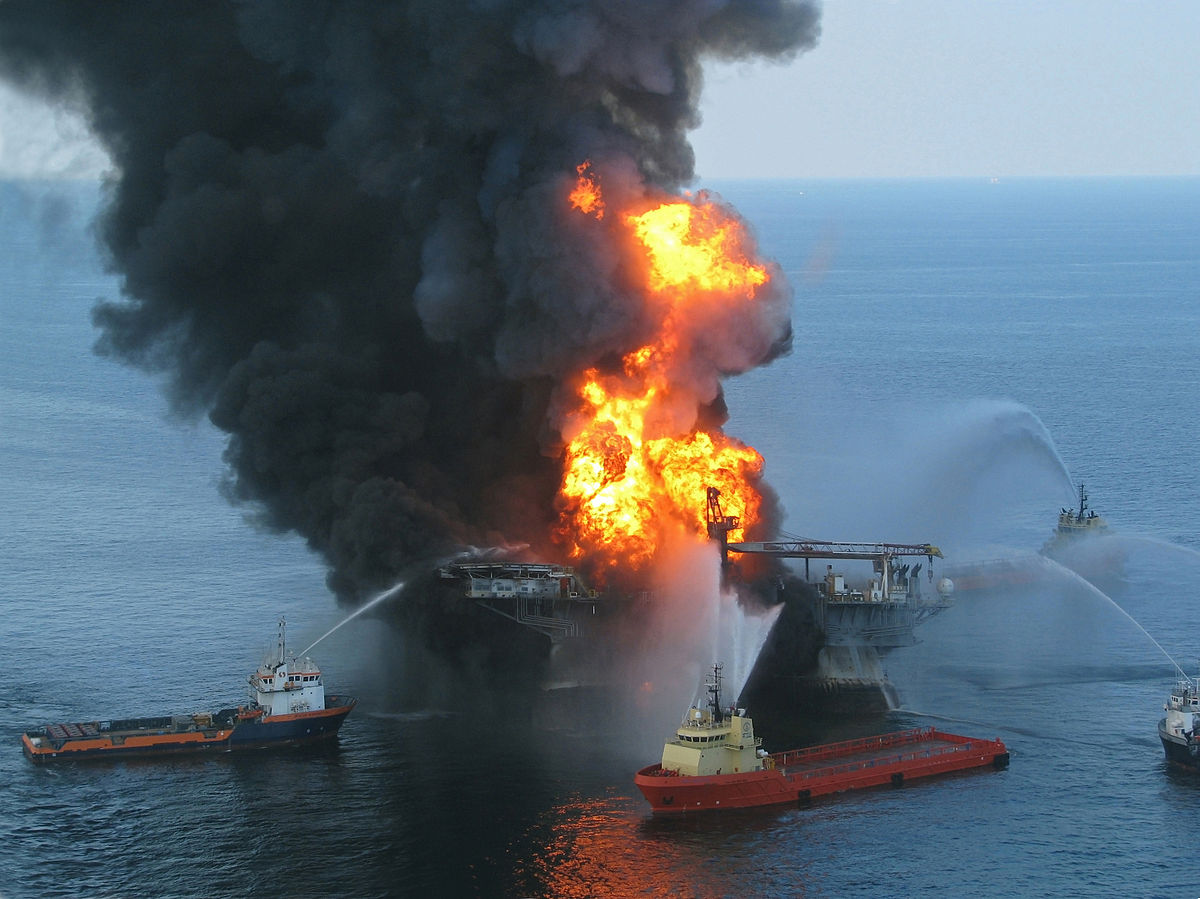

These guys had hi-def cameras on the spill, but chose to release the fuzzy feed from a low definition camera so folks couldn't see how much oil was really leaking. I think it was over a month before the other feed was made public.
The Deepwater Horizon drilling rig explosion was an April 20, 2010 explosion and subsequent fire on the Deepwater Horizon semi-submersible mobile offshore drilling unit, which was owned and operated by Transocean and drilling for BP in the Macondo Prospect oil field about 40 miles (64 km) southeast off the Louisiana coast. The explosion and subsequent fire resulted in the sinking of the Deepwater Horizon and the deaths of 11 workers; 17 others were injured. The same blowout that caused the explosion also caused an oil well fire and a massive offshore oil spill in the Gulf of Mexico, considered the largest accidental marine oil spill in the world, and the largest environmental disaster in U.S. history

Deepwater Horizon explosion - Wikipedia
en.wikipedia.org

Deepwater Horizon – BP Gulf of America Oil Spill | US EPA
This webpage provides information and materials on EPA’s enforcement response to the Deepwater Horizon Oil Spill, including settlements with some of the defendants, as well as links to other related websites for additional information.www.epa.gov
I've made no secret of the fact that before I was good, I was bad. Right after the Navy I started seeing a young lady who happened to be married to another man. We had an on and off relationship for seven years. (until I met my wife) Purple rain was our song. Hope she is doing well.
On the morning of April 21, 2016, Prince, the polymathic musician who created more than 30 albums and won seven Grammy Awards over a 40-year career, is found dead in Paisley Park, his Minnesota home and recording studio. The cause of death was an accidental overdose of the opioid fentanyl. He was 57 years old.
In the hours and days after the news broke, fans around the world mourned his death with massive memorials. In a statement, President Obama said, “Few artists have influenced the sound and trajectory of popular music more distinctly, or touched quite so many people with their talent.”
Prince Rogers Nelson was born on June 7, 1958, in Minneapolis, to musicians Mattie Shaw and John Nelson. As a teenager, Prince played in bands with his friends. In 1978, when he was 20, he signed his first record contract with Warner Bros., and that same year released his debut album, For You. Nearly every year after that he released a new album.
Prince’s sixth studio album, Purple Rain, released in 1984, was a high point. The album spent 24 consecutive weeks at number one on the Billboard 200 chart, spawned two hit singles (“When Doves Cry” and “Let’s Go Crazy”), won the Grammy Award for Best Rock Performance, and sold 13 million copies. The accompanying film of the same name, which starred Prince in a loosely autobiographical role, won the Academy Award for Best Original Song Score. Both the album and the film’s success launched Prince to international stardom.
Throughout his career, Prince defied and transcended genre. His music fused elements of funk, R&B, rock and pop into what later became known as Minneapolis Sound. Famously, he usually played all of the instruments on his albums himself—including 27 (ranging from piano to electric guitar to finger cymbals) on For You. He also toured frequently and was known as an especially electrifying live performer.
In the years before his death, Prince had been taking prescription pain medication for chronic hip pain. It is believed he was struggling with opioid addiction. He still recorded and performed during this time. His last album, Hit n Run Phase Two, was released in December 2015.
In October 2016, six months after Prince’s death, Paisley Park opened to the public for tours. In 2016, Prince’s estate sold more albums than any other artist that year, dead or alive.

Turkey has their own George Washington's Wooden Teeth problem. History can be so damn troublesome.The massacre of as many as 1.5 million Armenians by the Ottoman Empire during World War I is commemorated each year on April 24.
Armenians refer to the mass killings as the Armenian genocide — a term that Turkey rejects and which the United States had for decades refrained from using. That changed Saturday, when President Biden recognized it as a “genocide” in an annual Remembrance Day declaration.
Historians estimate that around 1.5 million Armenian Christians were killed during massacres and deportation campaigns carried out by the Ottoman Empire beginning in 1915. Many use the word genocide to describe it.
Ankara has repeatedly warned Washington that changing its stance would threaten U.S.-Turkish relations and shared interests such as an agreement that allows the United States access to a military base in the south of the country.
Turkey frequently complains when other countries use the term genocide. Some 20 countries do, including France and Canada, while other key U.S. allies, including Israel and Britain, do not.
In 2019, Congress passed a resolution calling the killings a genocide. The move infuriated Turkish President Recep Tayyip Erdogan, and Trump officially rejected it.
Obama had pledged to formally recognize the Armenian genocide when he first ran in 2008, but by the end of his eight years in office, he had not done so.
Former presidents Barack Obama and Donald Trump, among others, did not use the word to avoid angering Turkey. Ankara is a longtime U.S. ally and a strategic NATO member, bordering Russia and the Middle East. More recently, it was part of the fight against the Islamic State.
Wars and casualties of the 20th and 21st Century
20th Century Genocides and Mass Atrocities

The United States and the (Non-)Recognition of the Armenian Genocide
The genocide of Ottoman Armenians, perpetrated from 1915 to 1917 by the Young Turk Ottoman authorities, has been recognized as an unquestionable fact by the large majority of the world academic and...journals.openedition.org
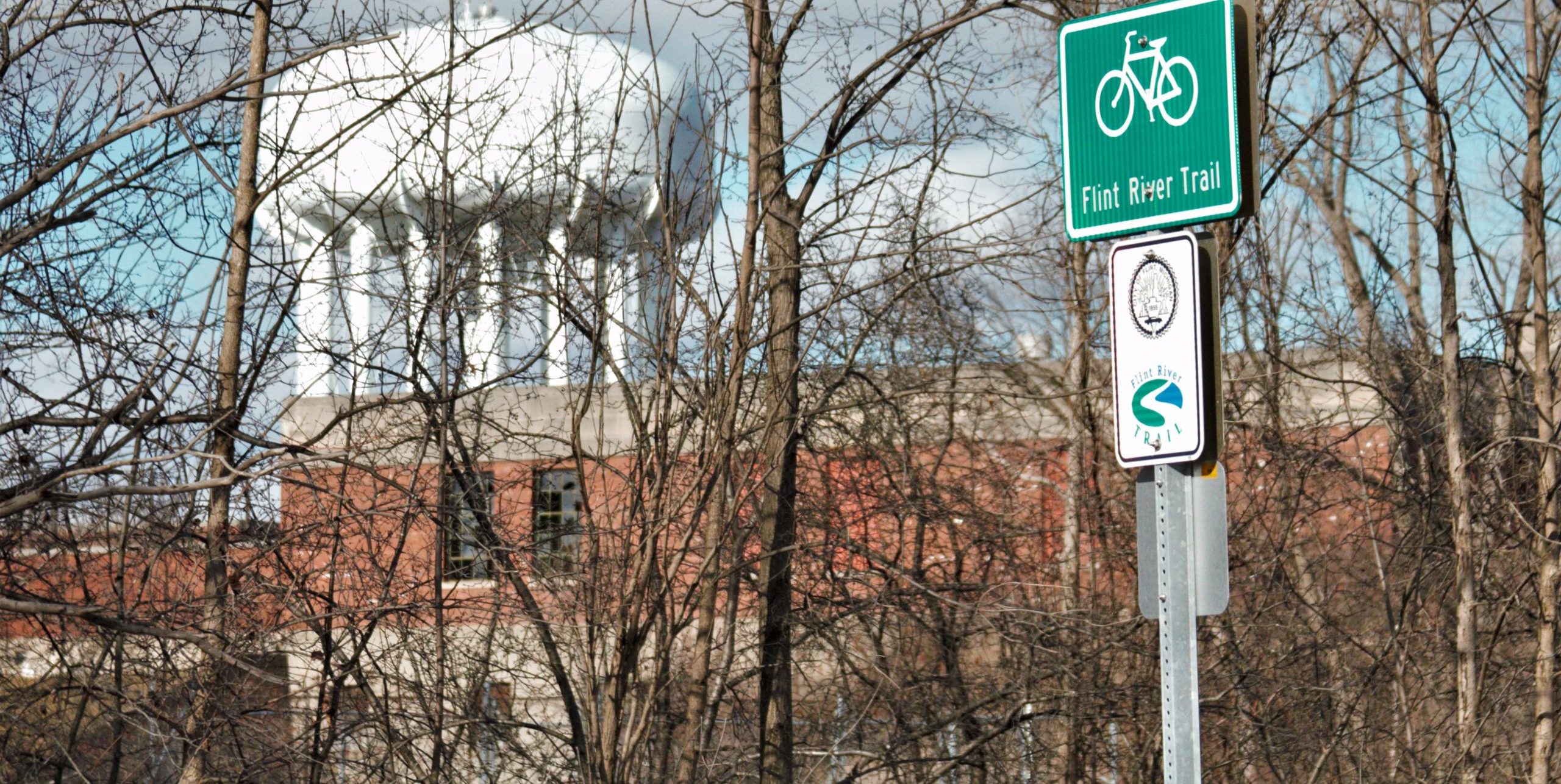

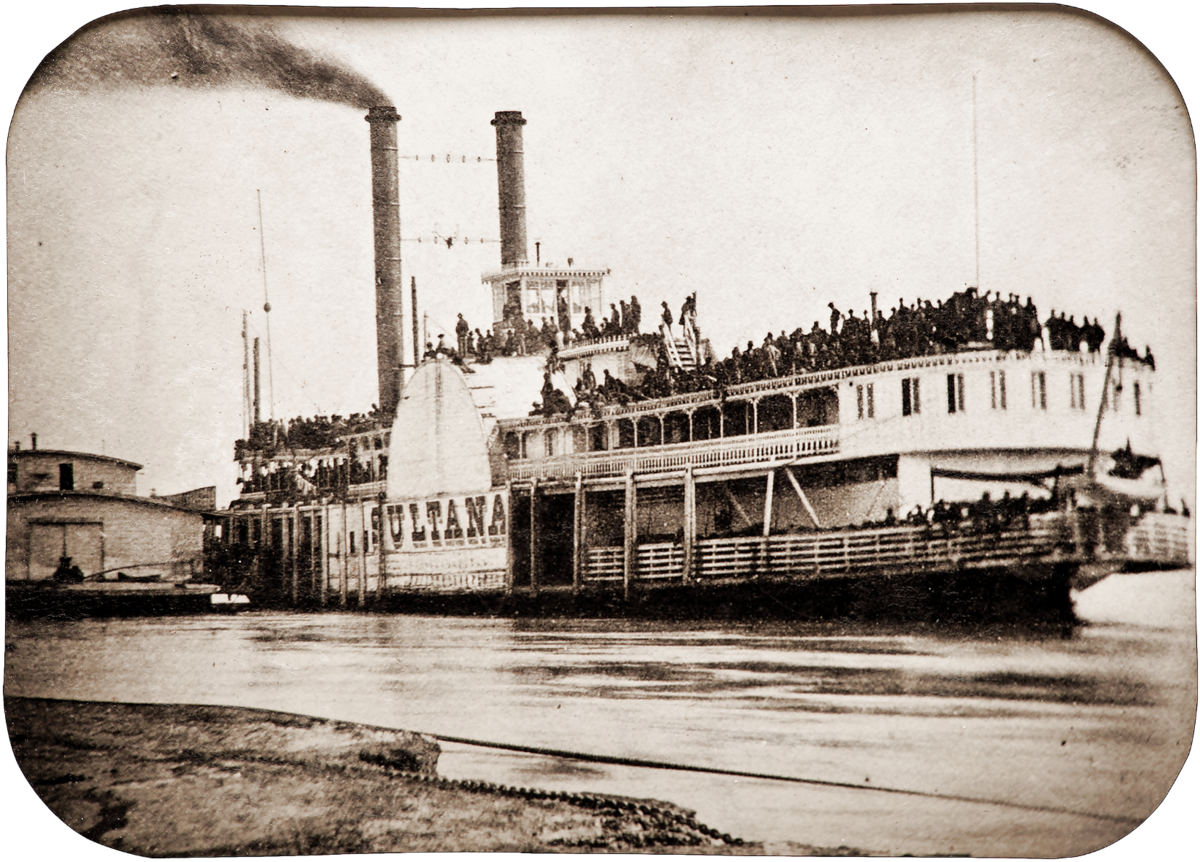
 en.wikipedia.org
en.wikipedia.org
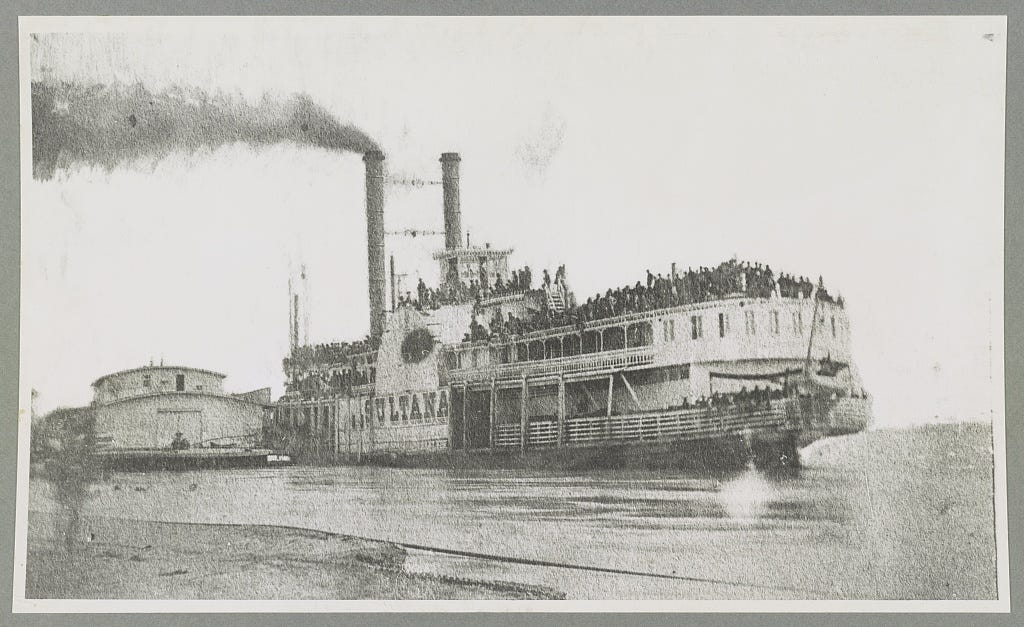
 historyofyesterday.com
historyofyesterday.com
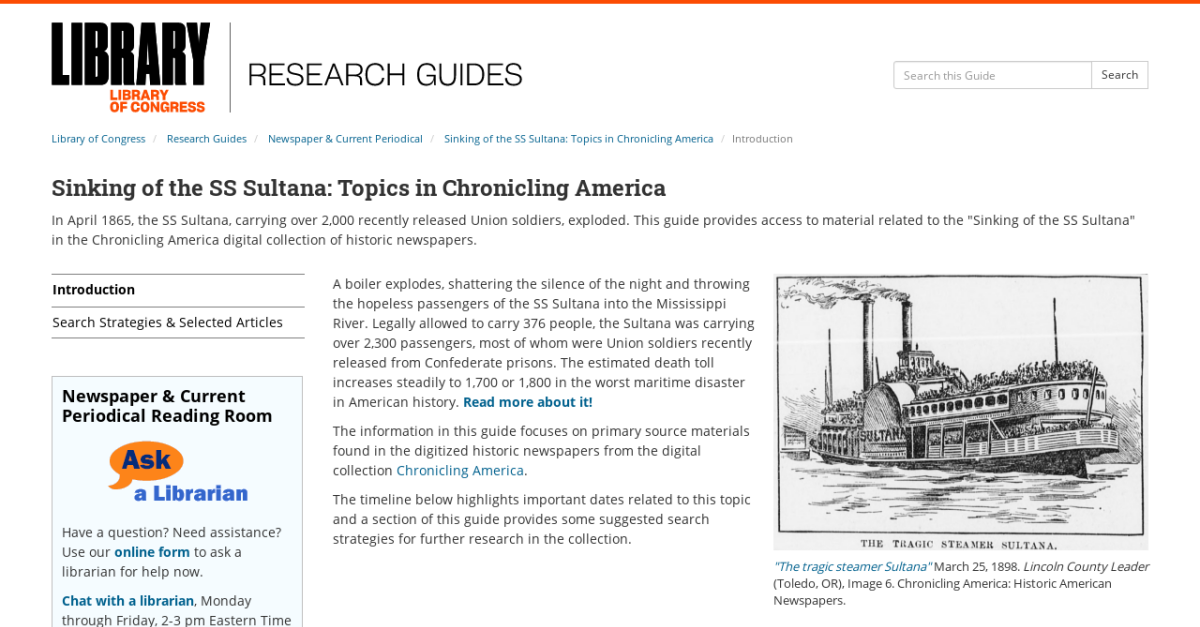
Looks like 14 years of sweet monkey love for Mr. and Mrs @neosapien
View attachment 5126527
View attachment 5126528
